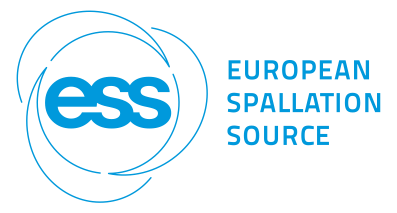Speaker
Dr
Alan Mackie
(Institute of Food Research)
Description
Nanoparticles (NPs) are increasingly being used in a wide range of applications including packaging, functional foods and pharmaceuticals. Indeed there is even evidence that they spontaneously form in the gastrointestinal (GI) tract. Although the range of applications is wide, the final fate of the NPs once consumed is of great interest to all. Regardless of the origin of the nanoscale particles, their properties can be significantly altered by exposure to the changing environment of the GI tract and this can affect the way that they interact with the body. The first place that the orally delivered NPs come into contact with the body is at the GI epithelium and although the cells themselves are not readily amenable to scattering experiments, the cell membranes are. Thus supported lipid bilayers (SLBs) can be used as a model of the cell membrane and the interaction with NPs can be investigated using neutron reflectance.
In this study, a combination of neutron reflectance and QCM-D were used to measure the interactions between a range of NPs and SLBs. Among pristine NPs only bigger carboxylated polystyrene NPs induced a permanent effect on the SLB. The presence of adsorbed proteins levelled the behaviour for all NPs, inducing a weak and non-specific adsorption on the SLB. Under these conditions the more weakly adsorbed soft corona showed more binding that a tightly bound hard corona. This is also broadly in agreement with experiments using in vitro digestion and cellular models and has implications for the fate of ingested NPs, regardless of origin.
| Topic Area / Session | General Food Science |
|---|
Author
Dr
Alan Mackie
(Institute of Food Research)
Co-authors
Dr
Desire Di Silvio
(University of East Anglia)
Dr
Francesca Baldelli Bombelli
(Politecnico di Milano)
